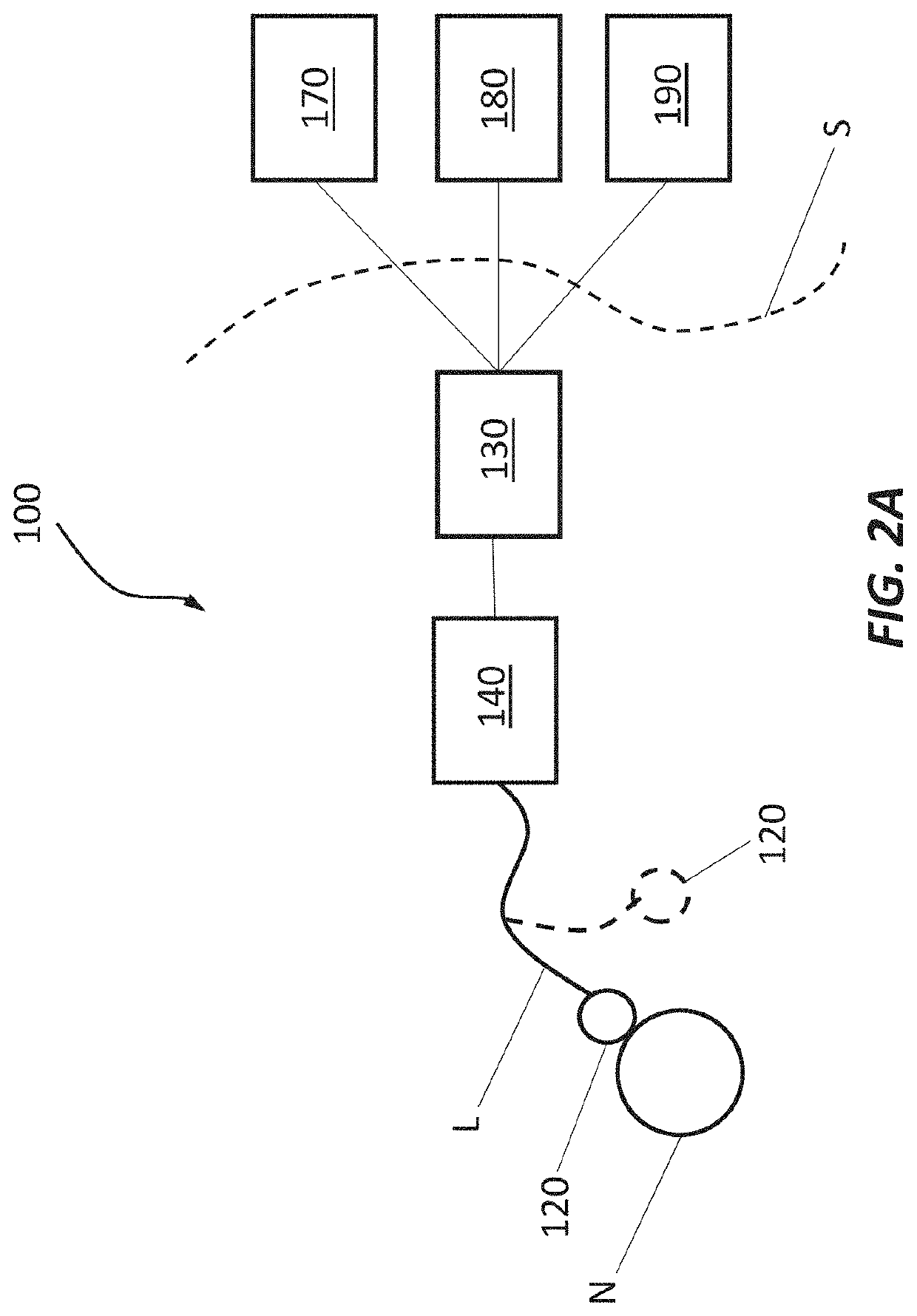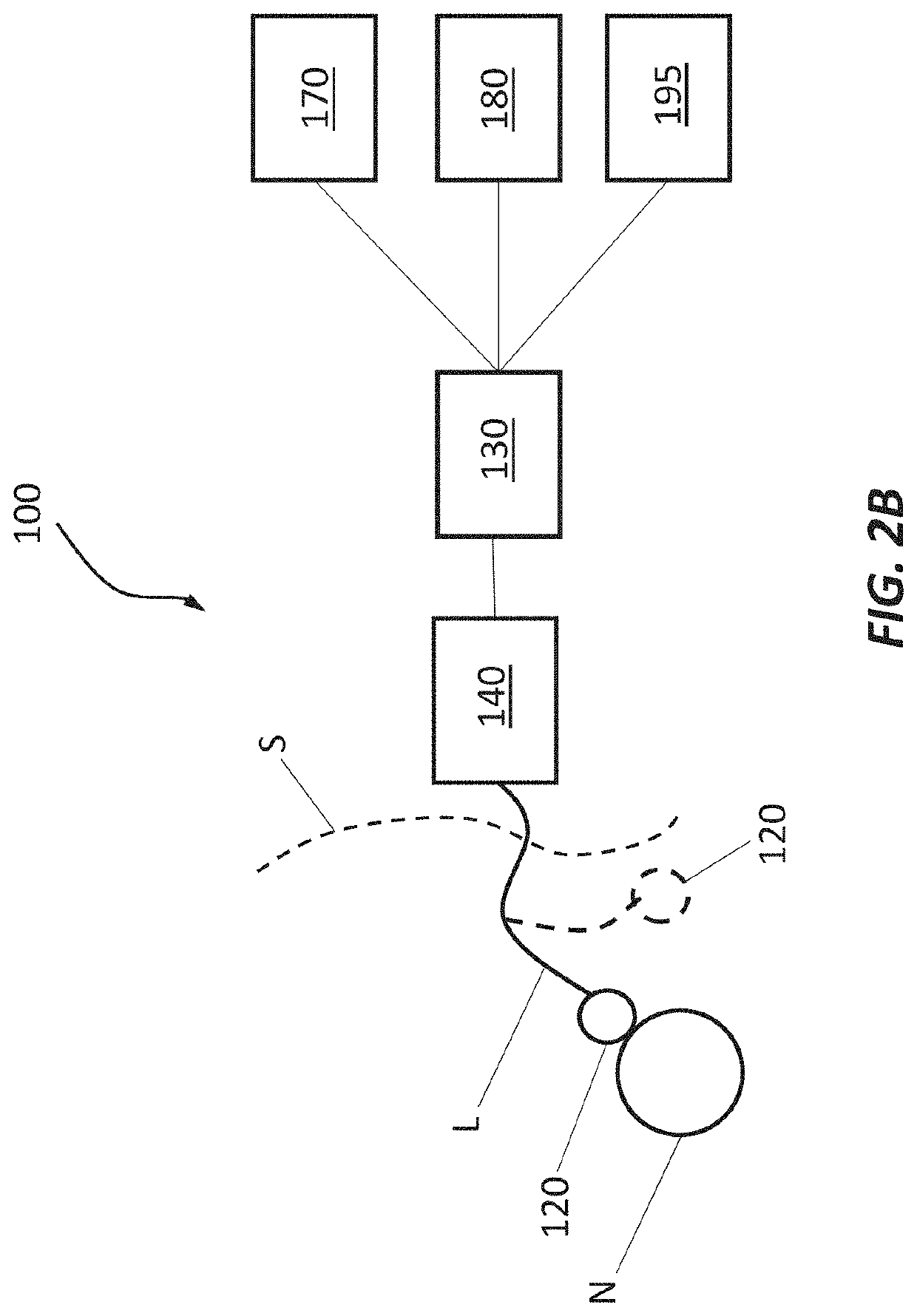Device and method to selectively and reversibly modulate a nervous system structure to inhibit pain
a nerve and neural tissue technology, applied in the field of nerve and neural tissue activity modulation devices, can solve the problems of loss of function, neuropathy and ultimately more pain, and the destruction of a nervous structure is not conducive to post-operative and peri-operative pain management, so as to prevent damage to the patient's tissue
- Summary
- Abstract
- Description
- Claims
- Application Information
AI Technical Summary
Benefits of technology
Problems solved by technology
Method used
Image
Examples
example 1
[0274]In this example, able-bodied subjects were recruited from the community and consented for the study using IRB-approved consent forms. High-dose opioid users were excluded from the study. Two types of sensory assessment were performed at multiple time-points in each subject: 1) mechanical vibration testing to assess the subject's sensitivity to non-painful touch sensation, and 2) pain-evoking electrical stimulation testing to assess the subject's sensitivity to evoked pain. At the beginning of the first session, mechanical vibration testing and pain-evoking electrical stimulation assessments were performed on each leg. These were referred to as the baseline assessments. The subject then received treatment using the electrical stimulation waveform via a percutaneously-placed electrode on the left leg. After the treatment, the mechanical and vibration testing was again assessed on each leg. Subjects returned in subsequent visits for mechanical vibration testing and pain-evoking e...
PUM
 Login to view more
Login to view more Abstract
Description
Claims
Application Information
 Login to view more
Login to view more - R&D Engineer
- R&D Manager
- IP Professional
- Industry Leading Data Capabilities
- Powerful AI technology
- Patent DNA Extraction
Browse by: Latest US Patents, China's latest patents, Technical Efficacy Thesaurus, Application Domain, Technology Topic.
© 2024 PatSnap. All rights reserved.Legal|Privacy policy|Modern Slavery Act Transparency Statement|Sitemap



